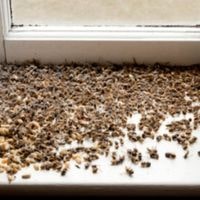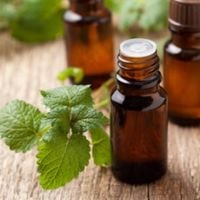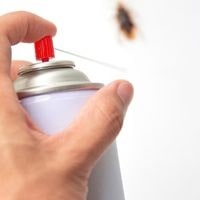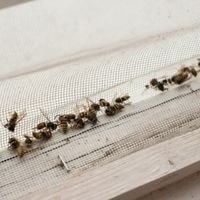How To Kill Wasps In House. Nothing is worse than when wasps try to take over your home. Wasps, who feed on fruits and other sugary substances, can either be sugar-loving or meat-eating, depending on their species.
For most species of wasp, it is only the females that can sting. Though they typically will not do so unless provoked, knowing how to get rid of a wasps’ nest means you’ll be protected if you ever find yourself in a situation.
Where you are threatened by one of these pests. Below are some helpful tips to help you get rid of wasps outside your house and keep them away for good!
How To Kill Wasps In House
Surprisingly, blowing a wasp away is one of the simplest methods to get one inside without getting stung.
Wasps, for example, are not equipped to fly in high winds, so blowing a fan or a fan-like item towards an open door or window would dislodge them off their perch, allowing you to close the door or window and get rid of them for good.
In this article, we discuss how to kill wasps in your house.
Use Peppermint Oil
Peppermint oil may repel wasps too. This is according to the Journal of Pest Management Science journal article we came across while conducting our research into whether peppermint repels bees.
One way in which you can apply it as described above is by purchasing a product called EcoSmart Organic Wasp and Hornet Killer, which contains peppermint oil to aid you in killing nests successfully.
Use Baiting Method
If you can’t discover the wasps’ nest, another option is to make a soda bottle trap. Fill a regular soda bottle halfway with a combination of meat, soda, and vinegar.
Place the soda bottle in such a manner that its “neck” is pointing upward with the cap unscrewed and dangling on the side of the bottle after removing the top where it curves down towards the rest.
Hang this trap outside on a piece of rope and let the contents work to attract all local wasps until the trap is full.
Using Solution Of Soap And Water
There are many ways that you can deter wasps from your backyard or garden. Though most people will suggest the use of pesticides, this often isn’t good for the environment and other species in the area may end up becoming exposed to the spray.
Luckily, creating a mixture of soap and water will kill wasps on contact. To make this deterrent solution, you’ll want to bring around a spray bottle and fill it with two cups of water as well as one tablespoon of liquid dish soap.
Mix these two ingredients together and you’ve got yourself a powerful weapon against pesky insects such as wasps.
Using Perimeter Spray Method
When you have wasps in your home, it is important to take care of them properly. One way to do that is by spraying insecticide around the entrance of your home near the areas where you’ve observed wasps.
These insecticides can be harmful to plants so make sure not to spray them directly on them rather spray them around their vicinity.
Apply Nest Dusting Method
It’s less dangerous than flooding the nest, at least if the wasps keep away. If you want to get rid of wasps without injuring them, powder dust insecticide is the way to go.
Simply sprinkle a little powder over their nest and any other areas where you’ve recently observed them hover. They’ll be gone in no time, and for the most part, so will their house.
FAQs
Is there a household product that kills wasps?
Without spraying expensive, hazardous pesticides about your home, you can eliminate wasps cheaply and effectively. Using a non-toxic DIY mix of water and 2 cups apple cider vinegar, spray them down.
This will not only save you money but will also remove the need to be concerned about being exposed to harmful chemicals that might cause allergies or asthma.
Is it possible for wasps to remember human faces?
The social calendar of golden paper wasps is jam-packed. They have to maintain track of a lot of different faces in order to keep track of who’s who in their colony’s intricate social system.
Recent research results reveal that these wasps use what is known as scene recognition in the human brain to process facial recognition, implying that they may perceive each face all at once rather than one by one.
Related Guides
